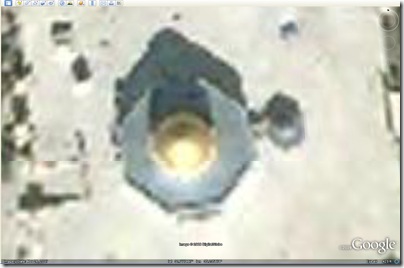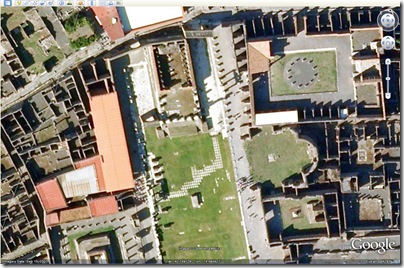The “Hall of Ages” in Jerusalem was opened recently after new techniques were developed to prevent the room from collapsing during excavation. This room is located in the Western Wall Tunnels area and gets its name because the hall was used by various people groups over the centuries.
You can now visit Pompeii with Google Street View. The idea is very impressive, though execution was (for me) slow, perhaps because of a slew of excited visitors. Here’s a direct link.
A reconstruction drawing of the Aramean siege of Gath in the 9th century is posted on the Gath Weblog.
The officials at the Megiddo prison are still planning to relocate the inmates in order to open a visitor’s center focused on the early Christian place of worship.

